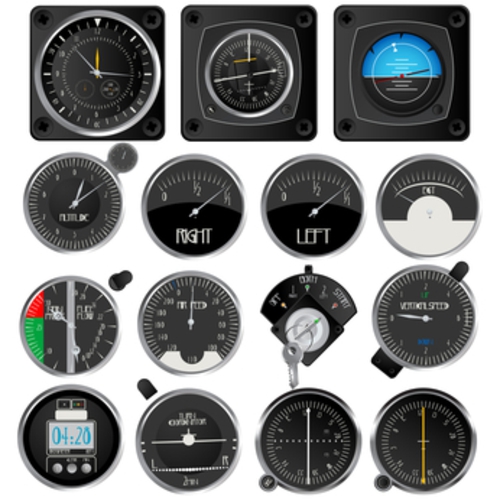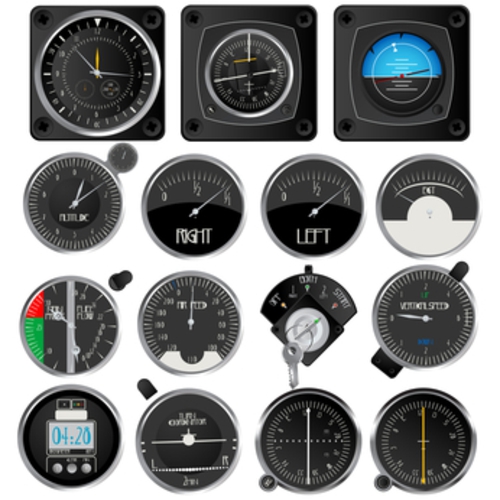Tech
Important Uses For An Accelerometer

An accelerometer is a piece of equipment that is used to measure acceleration forces. Those forces may be static or dynamic, measuring things like the continuous force of gravity or movement and vibration.
Here are several important uses for an accelerometer over a range of industries.
Medical Uses
In the medical industry, the accelerometer may be used to measure the depth of compressions during CPR. Anyone who is proficient in CPR or has taken training knows that performing the compressions properly is a key to keeping the patient alive in an emergency situation.
Accelerometers are sometimes used as one aspect of step counters in some countries, to help people measure the number of steps they take each day. The idea is for people to walk a certain number of steps everyday to improve overall health.

Engineering
The engineering world uses accelerometers in many different applications. They may be used to measure vehicle performance and acceleration, as well as the vibration of various items like cars or machines. Some engineers measure seismic activity using this device, which helps when assessing the magnitude of earthquakes or even predicting when an earthquake may strike.
Manufacturing
In the manufacturing sector, accelerometers can measure vibrations in machines like rollers, turbines, pumps fans and compressors. When they are used to measure vibration in a manufacturing setting, they can help to warn of future mechanical failure, which enhances safety and saves the company money. If problems are detected before the machinery fails completely, they are dealt with and production won’t suffer.
Biology
In the world of biology, an accelerometer might be used to measure the activity levels of animals in the wild or a controlled setting while out of sight. Dynamic body acceleration and the stroke frequency of an animal’s limbs are two elements that are measured.
Things to Consider
When you want to purchase an accelerometer, the first decision you will make is if you want a device with analog or digital outputs. Analog devices put out a continuous voltage while digital devices rely on pulse width modulation.
Different types of accelerometers have different levels of sensitivity, and the more sensitive your unit is, the easier measurement will be. Larger signal changes result from greater sensitivity. The bandwidth, or number of times you can get an accurate acceleration reading per second, is also an important consideration when purchasing an accelerometer. If you’re going to measure vibration, you will want a bandwidth of several hundred Hz.
Paul Bennett is a freelance writer and marine biologist who has used accelerometers in various studies on dolphins. To ensure all of his studies are accurate, he only trusts the best products produced at Durham Instruments. They offer a variety of products for any industries quantitative measuring needs. For more information, visit http://www.disensors.com
-

 Tech11 years ago
Tech11 years agoCreating An e-Commerce Website
-

 Tech11 years ago
Tech11 years agoDesign Template Guidelines For Mobile Apps
-

 Business6 years ago
Business6 years agoWhat Is AdsSupply? A Comprehensive Review
-

 Business10 years ago
Business10 years agoThe Key Types Of Brochure Printing Services
-

 Tech8 years ago
Tech8 years agoWhen To Send Your Bulk Messages?
-

 Tech5 years ago
Tech5 years ago5 Link Building Strategies You Can Apply For Local SEO
-

 Law5 years ago
Law5 years agoHow Can A Divorce Lawyer Help You Get Through Divorce?
-

 Home Improvement6 years ago
Home Improvement6 years agoHоw tо Kеер Antѕ Out оf Yоur Kitсhеn































